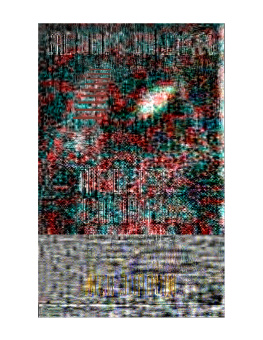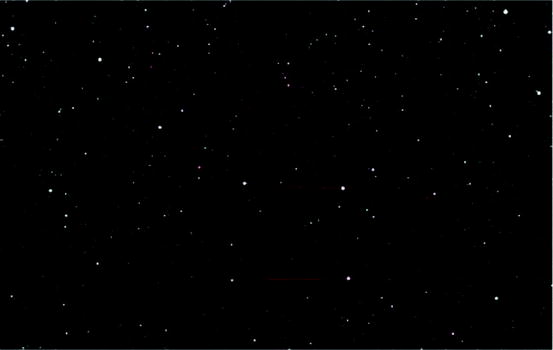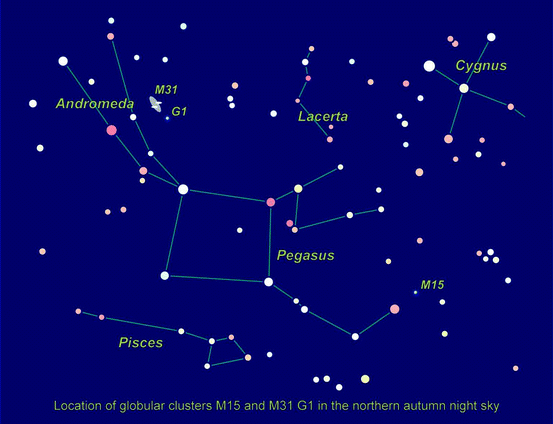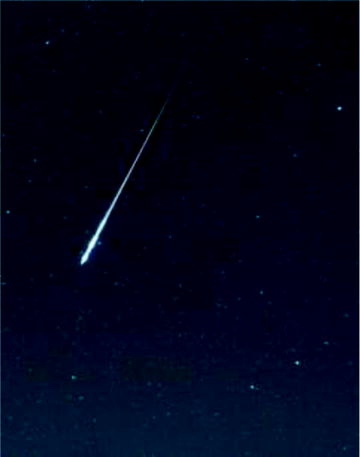David Schultz Astronomers' Universe The Andromeda Galaxy and the Rise of Modern Astronomy 2012 10.1007/978-1-4614-3049-0_1 Springer Science+Business Media New York 2012
1. The Wonder of the Andromeda Galaxy
Abstract
Who we are as humans is often dependent upon how we define our position in the universe. At the center of that definition since ancient times has been the Andromeda Galaxy. The astronomical story of the Andromeda Galaxy is not simply the tale of a celestial object, a specific tool such as the telescope, or of a particular science. Instead, it is a story about humans, history, and how we view ourselves as living beings.
Who we are as humans is often dependent upon how we define our position in the universe. At the center of that definition since ancient times has been the Andromeda Galaxy. The astronomical story of the Andromeda Galaxy is not simply the tale of a celestial object, a specific tool such as the telescope, or of a particular science. Instead, it is a story about humans, history, and how we view ourselves as living beings.
However, the tale of the Andromeda Galaxy is even broader; it is a story of the universe. It is the story of how humans have defined the origins and expanse of the cosmos, themselves, and their role in it. The story of the Andromeda Galaxy thus is part science, philosophy, theology, sociology, and psychology. It is the story connecting many threads of human existence, revealing the changing depictions of how we view human nature and its role in the universe. This book is an effort to tell one small part of the story of how the study and depictions of the Andromeda Galaxy have driven and been at the forefront of the history of astronomy.
Andromeda in the Sky
Think about all the objects that can be seen in the sky. With the naked eye the number is in the hundreds or thousands, while with a telescope the number is infinite. There are also many fascinating star patterns or constellations. But the constellation Pegasus is one that captures attention.
Figure 1.1
The constellation Pegasus.
Pegasus dominates the northeastern skies of the northern hemispheres middle latitudes in the fall. It is near the constellations of Pisces, Aquarius, Cassiopeia, and Cygnus. It is one of the 48 constellations named by Ptolemy, an Egyptian astronomer during the Roman empire ( a.d. 90168), and it is one of the 88 modern constellations. It is a very old constellation, its name coming from the ancient Greeks who thought it resembled the fabled winged horse Pegasus (). It is an imposing constellation compared to many others, occupying a large part of the sky. But the most defining characteristic of Pegasus is the Great Square, formed with its three brightest stars Markab, Scheat, Algenib and Alpheratz from the constellation Andromeda. The square alone is enough to attract attention, but there is something else near the constellation of interest. To the naked eye it looks like a hazy smudge located outside of the Great Square in the constellation of Andromeda.
Figure 1.2
Pegasus constellation depicting the location of the Andromeda galaxy (M31).
This smudge is the Andromeda Galaxy, M31, Messier object number 31 as identified and cataloged by Charles Messier (17301817) in the eighteenth century. Messier was a comet hunter who created a catalog of objects he initially thought to be comets but which he eventually concluded were nebulae (interstellar gas) or star clusters. The Andromeda Galaxy, as it is now known, was previously and well into the early part of the twentieth century referred to as the Andromeda Nebula. Until the 1920s it was thought to be part of our galaxy the Milky Way. In fact, everything in the universe was thought to be part of the Milky Way. It was assumed by many modern astronomers that the universe consisted of one galaxy, which was ours. The Andromeda Nebula, the smudge in the sky, was simply a part of our own galaxy.
Edwin Hubble in the 1920s demolished that theory, establishing it as a distinct island in the broader universe. In so doing, he demonstrated a universe much larger than previously thought, with Andromeda even further away than envisioned. Today astronomers calculate the distance from Earth and the Milky Way to Andromeda to be about 2.5 million light-years. Andromeda is the most distant object the naked eye can see. What we see tonight is light that began traveling 2.5 million years ago. Put into perspective, the light one sees tonight from Andromeda is more than one million years older than the human race ( Homo sapiens ). Light leaving the galaxy today may reach Earth long after humans are no longer on this planet.
Prior to Messier and modern astronomy, there were many myths and beliefs regarding what this smudge was thought to be. The different accounts of what this smudge is, how studying it changed astronomy, and how it affected how humans think about the universe is the central story of this book. Looking out at the sky to see Andromeda, be it with the naked eye, a telescope, radio dish, or the Hubble Telescope, has repeatedly been a practice of astronomers from the earliest days of science. Andromeda inspires wonder.
Astronomy and Wonder
Written on the tombstone of Immanuel Kant (17241804), a famous philosopher and cosmologist, is the statement: Two things fill the mind with ever new and increasing wonder and awe: the starry heavens above me and the moral law within me. According to Kant, there is a connection between the heavens and the soul. Most people never think of the two as related, but they are. Go out some clear night and look at the sky at night. Perhaps the Moon is out, or maybe it is a dark moonless night. Stare at the stars. We see star patterns, items that look like bears (Ursa Major), warriors (Orion), or other objects such as the Big and Little Dippers, the letter W Cassiopeia, scorpions (Scorpio), and perhaps even imaginary objects, such as winged horses, the constellation Pegasus, near where the Andromeda Galaxy is visually located. We also see objects of varying color and brightness; some seem to move in the sky over a period of nights, such as the planets. Some such as meteors appear to flicker, brighten, and then disappear in a matter of seconds; others last longer, such as comets, and other phenomena, while other residents, such as the Milky Way, serve as a mysterious permanent haze in the sky.
Figure 1.3
Meteor streaking across the sky.
It does not really matter what we stare at. The reaction for many is the same wonder. We look at the sky and wonder what it all means. Why do the stars seem to be arrayed in patterns, why are there different colored stars, how far away are these objects, and where did they come from? Similar questions may be asked of the Moon and perhaps even of the Sun. Moreover, sitting long enough and thinking about them, one might begin to ask even deeper questions. These may include whether others are also looking at these objects, are there other planets like Earth around these other stars, and if so, is there life elsewhere in the universe and perhaps could there not be another being on another planet somewhere else looking up at the sky wondering and asking similar questions?

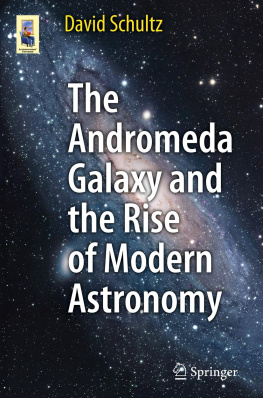









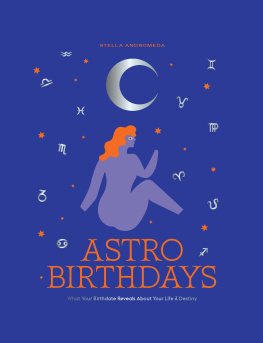

![Wendelle C. Stevens - UFO Contact from Andromeda: Extraterrestrial Prophecy [face to face]](/uploads/posts/book/133614/thumbs/wendelle-c-stevens-ufo-contact-from-andromeda.jpg)

